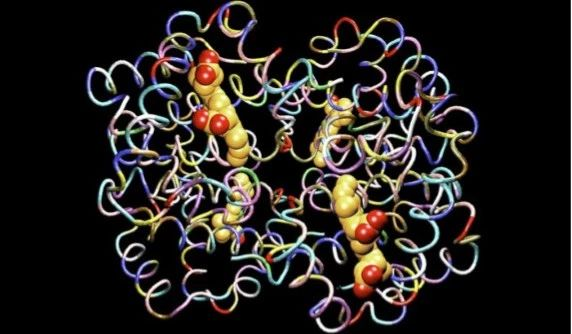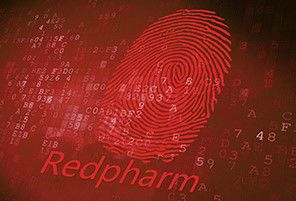Carrying oxyhemoglobin gives tumors nowhere to escape
![]() 2024-06-11
2024-06-11
Back in 2010, the National Cancer Institute (NCI) provided $3 million in funding to test whether oxygen-carrying compounds could improve radiation therapy in cancer animals. The results show that most tumors have hypoxic areas that can have a significant impact on treatment outcomes in about half of the patients.

With the aid of tumor cells geometric times efficient propagation, the accumulation of tumor cells can cause the human body itself blood supply, thus formed some low oxygen area, the hypoxia further driving tumor cells generate more blood vessels, and metastatic cells with the aid of these blood vessels to other parts of the body, makes the cancer spread, this is one of the main reasons for the formation of the tumor cells spread rapidly.
More importantly, —— radiation therapy must rely on oxygen to work. When ionizing radiation hits a tumor, it produces reactive chemicals, called free radicals (free radicals), which destroy the tumor cells. But without oxygen, free radicals are short-lived, and radiotherapy is ineffective.
"Radiation therapy is based on the assumption that the tumor is given oxygen," and the oxygenic state is destroyed by radiation, says Murali Cherukuri (Murali Cherukuri), director of Biophysics at the Cancer Research Center at the National Cancer Institute in Bethesda, Maryland."Hypoxia removes treatment from the tumor cells in the area and allows the tumor to revive and expand.”
Since the 1950s, researchers have tried many ways to get more oxygen into the tumor, but without success. Before example, allow patients to inhale high concentrations of oxygen; develop a medium to deliver oxygen through the blood. But it turned out that these methods were very difficult and had little success.

Synthetic hemoglobin oxygen carrier preparation can be used as drugs to improve the oxygen partial pressure of cancer cells, and their therapeutic effect has been demonstrated in animal malignancy models. At present, the oxygen carrier preparation developed by Runfang Biology is a high purity hemoglobin from bovine hemoglobin. It forms a stable polysome structure through chemical modification, which can effectively carry oxygen to the hypoxic area of tumor and release oxygen, thus providing the possibility for greatly improving the therapeutic effect of tumor.

In the next step, BIOS will study the therapeutic effect of oxygen carrying agent, and further test when oxygen carrying agent should be added, and whether this method really improves the effectiveness of radiation therapy. If the results are encouraging, the BIOS hopes to start testing in human patients as soon as possible.
-

Bios Wins the “Global Hemoglobin Oxygen Carrier Technology Innovation Leadership Award” at the Sullivan New Investment Conference 2025
On August 27, the 19th Sullivan Global Growth, Technology Innovation and Leadership Summit 2025 and the 4th New Investment Conference (hereinafter referred to as “Sullivan New Investment Conference 2025”) was grandly opened in Shangri-La Hotel, Jing ’an District, Shanghai.
2025-08-29
-

Wang Jianfeng, the Secretary of the CPC Changzhou Municipal Committee, met with Mr. Zheng Zhiheng, the Chairman of Bios Biologics
On 28 May 2025, Wang Jianfeng, Party Secretary of Changzhou City, Jiangsu Province, met with Mr. Zheng Zhiheng, Chairman of Bios Biotechnology Co., LTD., Vice Chairman and Executive Director of Chow Tai Fok Jewelry Group Co., LTD., to exchange views on further deepening cooperation.
2025-05-29
-

Yale scientists have successfully revived a pig brain with artificial blood
Recently, the cover of Nature published the latest research from Yale University School of Medicine: scientists at Yale University used an infusion solution to successfully revive the pig brain after 4 hours of death, restoring some cellular and metabolic functions, and maintaining them for at least 6 hours.
2024-08-03
-

A brief history of research and development of red blood cell substitutes
Blood has always been a very important, but very limited medical resource.
2024-08-02


